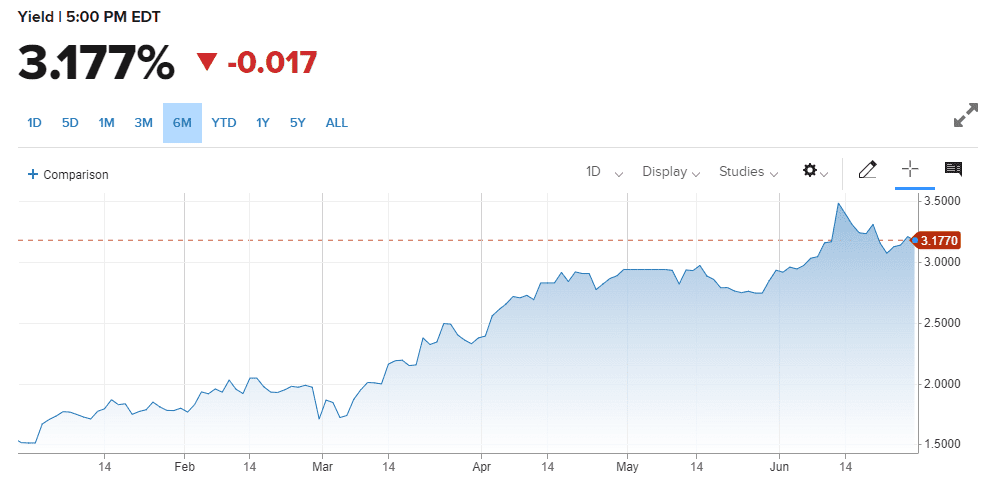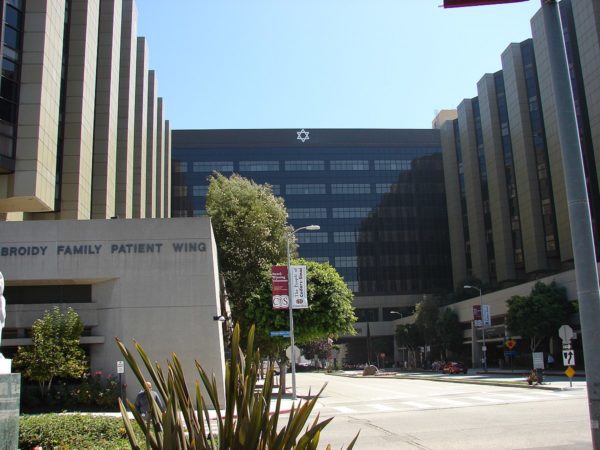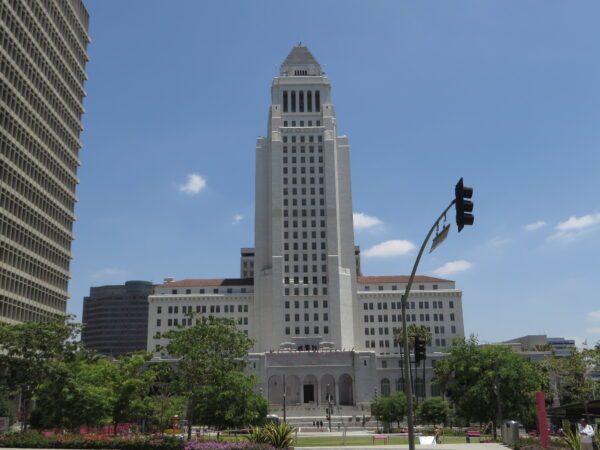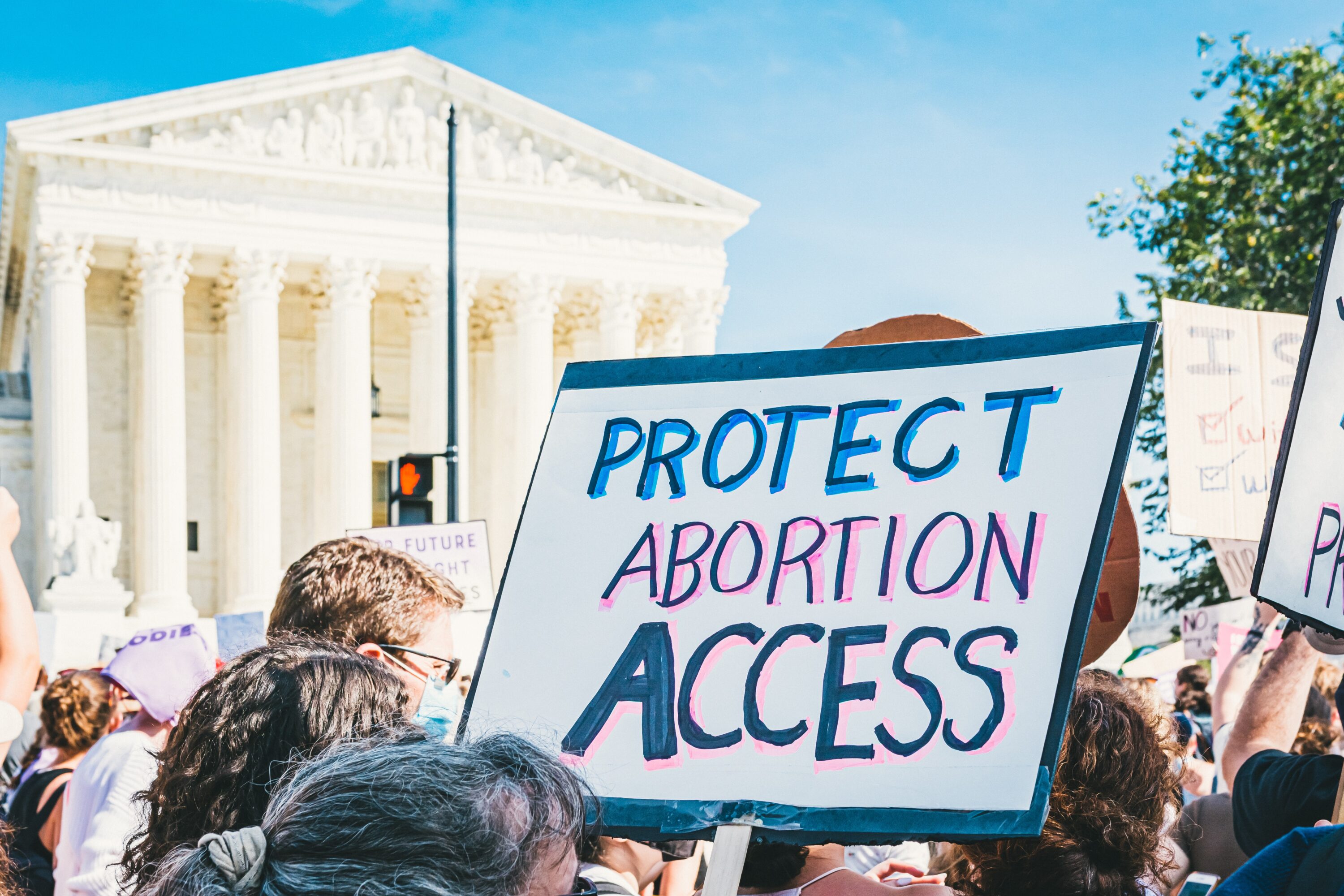With gas prices dipping nationally and reaching below $6 a gallon across the Southland — more than a 10 percent drop in the last two weeks locally — it may come as welcome relief to drivers to see the pump prices deflate.
However, the underlying cause that created the recent decline in prices is more about a potential economic slowdown than some new oil supply. Many see dark clouds rolling over the economic landscape.
Oil traders have been selling off since the Federal Reserve raises its benchmark interest rate to 0.75%, a historic increase to tame inflation. The current rate of inflation is nearing an economically dangerous 9%.
Domino Effect On Borrowing Costs
Any sudden spike in the Fed’s benchmark interest rates creates a domino effect through consumer and corporate borrowing.
For instance, the average home mortgage has nearly doubled in the last 18 months ago, and as interest rates go up less borrowing is a result. On the corporate side, high borrowing costs restrict expansion for small to medium-sized companies.
Coupled with a record run in gas prices and consumer demand dries up. Another economic punch is that higher borrowing costs for small and medium-sized companies that rely on debt to expand.
‘Halfway Done’
Patrick De Haan, head of petroleum analysis for the price comparison website GasBuddy.com, told Yahoo Finance that prices could continue dropping another 25 to 30 cents over the next couple of weeks, barring a hurricane or other unforeseen supply problem.
“We’re probably halfway done,” he said, referring to the price decline.
The price of a barrel of U.S. crude oil fell from a high of $122.75 on June 10 to $101.53 on futures markets at one point during trading on June 22. On Tuesday, oil was hovering back up in the $112 a barrel range.
A bounce is typical after such a quick decline, and the summer driving season may have something to do with the bounce.
Economic Shift
At the heart of the global inflationary wave, along with central banks across the globe hiking interest rates in the same attempt to slow inflation, is the surge in energy prices since Russia invaded Ukraine earlier this year.
Now, the bigger influence is not so much Russia disrupting energy markets, which are more globally correlated, but the belief with the Fed’s recent action of an economic slow down is imminent, if not a recession, which would spread globally.
Current falling energy prices could be an ominous predecessor to a global recession or it could be a simple correction in an overheated oil market.
For the cheapest gas prices near you, visit GasBuddy.com and simply enter your zip code or region to find that $5.88 a gallon becoming more prevalent.
Drew Voros can be reached at drewvoros@heysocal.com.







